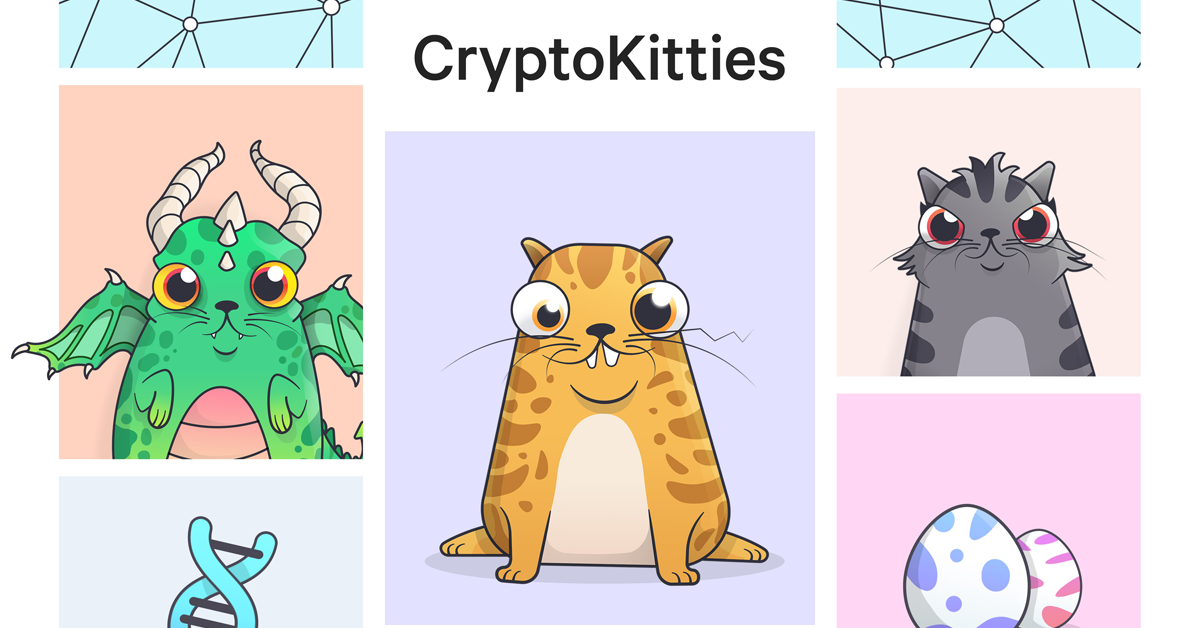Debunking the Myths About Blockchain: What It Is and Isn’t

From finance, to health Service and propertyis blockchain technology helping to promote the efficiency and security of data storage and transactions. Yet many people still have questions about what blockchain is… and isn’t.
The importance of understanding the myths surrounding blockchain can help us better realize how influential the technology is in terms of the way it may be able to improve our future, and why it deserves more public awareness. Here are the facts about blockchain, how it works and what it means.
Background: What is Blockchain?
Blockchain is essentially a decentralized digital ledger. What makes it so unique and powerful is its simplicity; tthe technology is built on a series of “blocks” or individual storage units. Each block has data inside, whether it’s a property deed or a financial transaction. The block is then tagged with a “hash”, a unique identity for that particular block, similar to a fingerprint. Since the hash is built on the data inside the block, as well as the previous block’s hash, it can change if one or both of these variables change. Blocks are then added to chains as transactions occur or data is transferred to different locations.
Because of the uniqueness hashish identity, as well as the decentralized part of the technology, blockchain is almost impossible to hack. Should hackers break into a block, they would cause the hash to change, breaking all the blocks past it further down the chain. A hacker must rewrite all the hashes of the blocks after to restore the chain. But because the technology is decentralized, the hacker would have to do this on every computer that has the specific chains making it a gigantic task. The data inside the block itself will also be of little value, since it is encrypted.
With this open system, almost anyone can see how the blockchain evolves over time, but anonymity is still provided due to encryption and hashing. Because of this simplicity and anonymity, while being open and transparent, the technology offers many benefits.
Analysis: The biggest myth about blockchain
Blockchain is often confused with the popular cryptocurrency bitcoin. It is important to understand that this technology is not bitcoin, or vice versa. While bitcoin runs on a blockchain platform and helped popularize the technology, cryptocurrency is just one application. Blockchain can also help in many other industries, such as e.g education, authorities, healthcare and property. The technology is already underway used in finance industry due to its near-instant secure process, lowers fees and allows for faster trades. In healthcare, several companies store patient records on the blockchain, and make them available to any clinic, with the patient’s permission, of course. In real estate, the technology can store property deeds, making the data more ensure and easy to transfer if necessary.
In order for this technology to be more easily utilized, a network change must take place. According to Hart Montgomery, CTO of the open source blockchain organization HyperLedger, “We are heading towards a world with many networks. There is no one-size-fits-all solution for blockchain, so networks must talk to each other; this means that interoperability and integration are essential.”
While another myth about blockchain is that it will only be available to a select few with access to this network, this is not the case. “Blockchain has the potential to unlock financial services for populations that have traditionally had limited access to them and to create new models of digital identity that are easier to establish and maintain,” Montgomery explained. This means that the technology can contribute to equalizing many different socio-economic classes through a simpler and more open source resource that everyone can use.
Outlook: A more transparent technology
While cryptocurrencies such as bitcoin fluctuate in value, the blockchain remains consistently secure and transparent to all who use it. This transparency makes the technology even more important as anyone can see when data has changed or if an attempted hack has occurred. This is also important for industries such as finance or government, where transparency can help with accountability. As Montgomery explains, “Open source and standards are the paths to ubiquity in any market; in the case of blockchain, it’s even more important as you want a decentralized development process as well.

“No single entity should control the code,” he says.
Kenna Hughes-Castleberry is a staff writer at Debrief and the Science Communicator at JILA (a partnership between the University of Colorado Boulder and NIST). Her writing beats include deep technology, the metaverse, and quantum technology. You can find more of her work on her website:
























